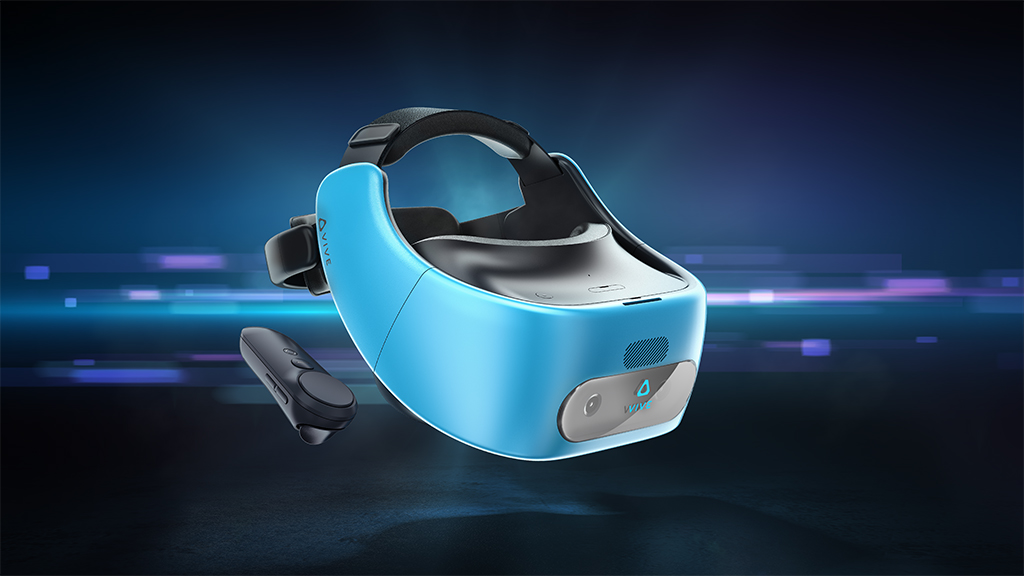HTC Vive Focus standalone headset could one day release outside of China
It depends on how it performs there, however

HTC may have bailed on its plans to launch a standalone virtual reality (VR) headset using the Google Daydream platform, but the company did end up launching a wire-free headset in China late last year.
While the Vive Focus is currently exclusive to China, depending on its performance there, we could see the device roll out to more regions – eventually.
HTC Vive China President Alvin Wang Graylin, speaking with Antony Vitillo, aka SkarredGhost, said the company is open to launching the Vive Focus in more markets, once it has clearer market data on the headset's performance in China.
"I don't see any reason why we would not release it in the rest of the world," Graylin said in response to a question about when the headset might release in Western markets. "It is definitely our intent that if we have a good product, that it should be available to as many users as possible."
We've asked HTC for further comment on a possible wider Vive Focus release, and we'll update this story if we hear back.
Wire-free future
As a standalone VR headset, the Vive Focus doesn't require a PC or even a smartphone to operate. That's in stark contrast to the HTC Vive and HTC Vive Pro, both of which require being hooked up to a powerful PC in order to run VR experiences (though a wireless adapter will eventually change that requirement).
The Vive Focus features an AMOLED display with a resolution of 2880 x 1600, compared to the HTC Vive display's combined resolution of 2160 x 1200 (1080 x 1200 per eye). The HTC Vive Pro display, meanwhile, has a combined resolution of 2880 x 1600 (1440 x 1600 per eye).
Get daily insight, inspiration and deals in your inbox
Sign up for breaking news, reviews, opinion, top tech deals, and more.
Other Vive Focus features include six-degree-of-freedom tracking, a 110-degree field of view (same as the other headsets), and a Snapdragon 835 processor. It's available in two colors in China, Electric Blue and Almond White, and costs ¥4,299 and ¥3,999, depending on the color. That puts it at about $680 / £495 / AU$870 and $635 / £460 / AU$815 when converting the price.
Recently, an 8K video player was announced for the Vive Focus, allowing for 8K content to be piped through the headset.
Should the Vive Focus release outside of China, it will face competition from the likes of Oculus Go, Samsung Gear VR, Google Daydream View, Project Santa Cruz and the Lenovo Mirage Solo, which is the first standalone Daydream headset. All of these are wireless VR headsets, and each falls at a different price point. Some require a phone, others don't.
How Vive Focus fits into the broader global VR landscape remains to be seen. Right now, HTC seems content to test its market appeal in China before making any bigger rollout decisions.
Via Road to VR
- HTC Vive vs Oculus Rift: which is better?
Michelle was previously a news editor at TechRadar, leading consumer tech news and reviews. Michelle is now a Content Strategist at Facebook. A versatile, highly effective content writer and skilled editor with a keen eye for detail, Michelle is a collaborative problem solver and covered everything from smartwatches and microprocessors to VR and self-driving cars.
